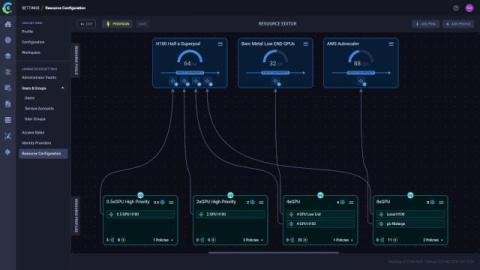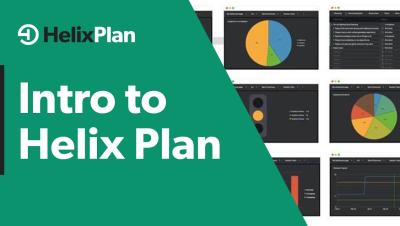Human-Centric Exploratory Testing
Unlike traditional testing methodologies - that rely heavily on pre-scripted tests and automated tools - Human-Centric Exploratory Testing (HCET) is a dynamic and flexible approach that leverages creativity and critical thinking, allowing interaction with the software in ways that automation simply cannot replicate. Below, we explore Human-Centric Exploratory Testing, its benefits, challenges, how to mitigate them, and the best practices for successfully implementing it.











